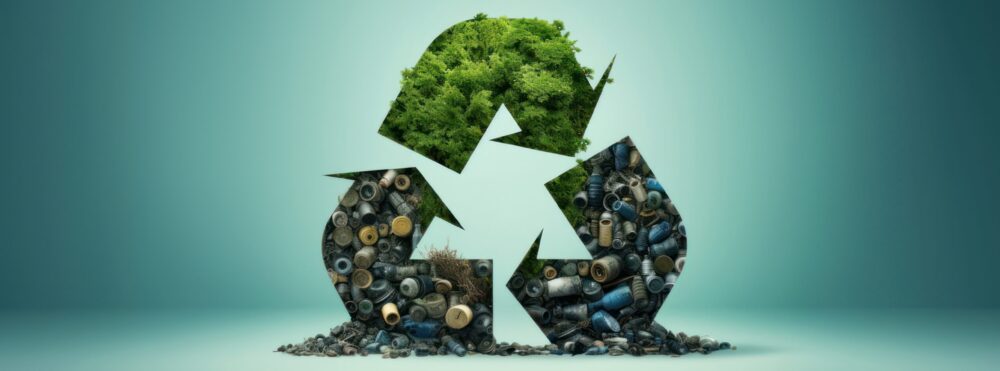What happens to my scraps? They go to a commercial composting facility near the Twin Cities where they are mixed with leaves or wood chips, turned regularly and allowed to decompose over 4-6 months. The result is compost—a rich soil amendment for gardens, farms and landscaping.
Do I have to live in town to use this free service? Yes, you must live in Mankato or North Mankato to use their city drop-off dumpsters for organics recycling. The Lake Crystal dumpster can be used by both city residents and those living outside the city.
How is the drop-off program different than my backyard composting? Because the drop-off organics go to a commercial composting facility you can include many items that you can’t handle in your backyard composter, such as meat, bones, dairy and food-soiled paper products (Look for the full list of “Acceptable materials” on this website). While you won’t have your own finished compost, you also won’t have to dig, turn or tend anything. Those who do continue their own composting often find it handy to have a winter drop-off dumpster option when composting at home is slower and it’s cold.
What about using my garbage disposal for household organics? Food scraps should be composted or thrown in the trash as they make wastewater harder to treat when sent down a drain. In addition, it’s hard for older treatment plants to remove the nitrogen from the water generated by grinding food waste.
Will my food scraps smell or attract fruit flies? Maybe, but it can be handled. The two biggest factors that lead to bugs and smells are heat and leaving the food in your container too long. Summer leads to both problems. Different solutions work for different people but these are some of the ideas from our composters.
Seal It—When it comes to collecting your food scraps, a tight-fitting lid can be your friend.
Chill It—Especially nice for summer, freeze or refrigerate your food scraps, then dump them into bags (compostable or paper) just before going to the drop-off site.
Paper It—As your food scraps sit they will break down, producing liquid that weakens compostable bags and paper sacks. If you place folded newspaper under the bag and in the bottom of the bag it will help absorb these liquids. Try adding used paper egg cartons, used paper towels or tissues between layers of food scraps.
Protect It—Fruit flies can travel in on our banana peels and other fruit and thrive on the summer kitchen scraps. Empty these from your sink-side tub daily. If fruit flies have already arrived place a bowl of vinegar nearby, watch them land in it (and stay!). More details at www.ecocycle.org/compost.
Clean It—When you empty your collecting tub, make a practice of washing it with soapy water.
Above all—Empty your kitchen container often and hang in there! These tips (or cool weather) will solve a lot of problems.
Can you accept pet waste or litter? No. This is prohibited by the Minnesota Pollution Control Agency at commercial composting facilities.
How can I tell if a paper container, cup or bowl is compostable?
Any item with a smooth, shiny coating must say it’s compostable or have the BPI or Cedar Grove certified compostable label on it. Unfortunately, most manufacturers that once used wax have gone to plastic liners in their paper drink cups, milk and juice cartons, paper ice cream tubs, plates, bowls, parchment paper, bakery boxes and take-out containers. A full listing of all compostable products can be found at www.bpiworld.org and this MZW website has an extensive list of acceptable and unacceptable items. But when in doubt, throw it out. Plastics in composting facilities are a real contamination problem.
